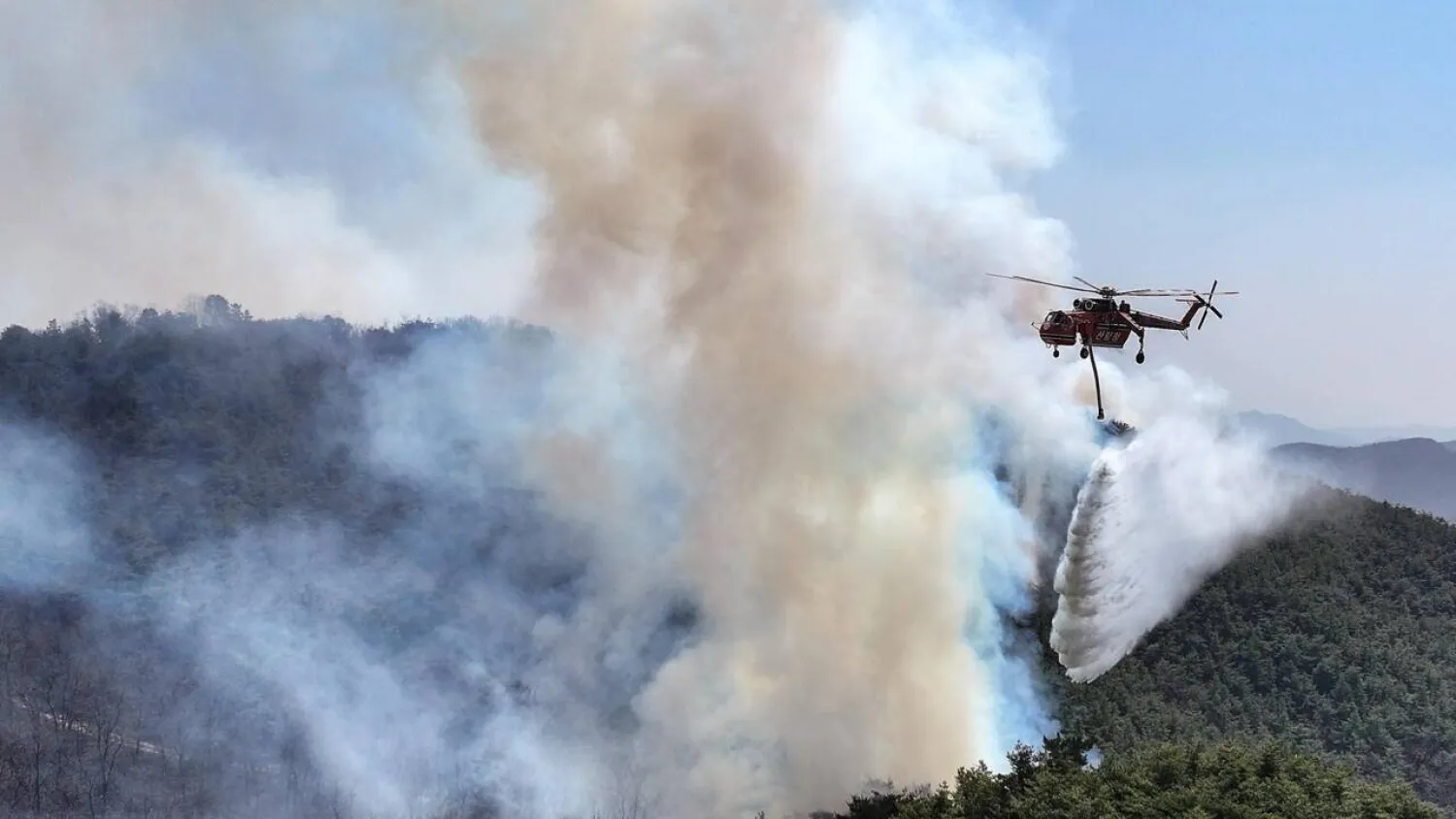Steve Eder, Tawnell D. Hobbs*
Thomas Crooks, 20, was a nerdy engineering student on the dean’s list. He stockpiled explosive materials for months before his attack on Donald Trump, as his mental health eroded.
Crooks was acting strangely. Sometimes he danced around his bedroom late into the night. Other times, he talked to himself with his hands waving around.These unusual behaviors intensified last summer, after he graduated with high honors from a community college.
He also visited a shooting range, grew out his thin brown hair and searched online for “major depressive disorder” and “depression crisis.” His father noticed the shift — mental health problems ran in the family.
On the afternoon of July 13, Crooks told his parents he was heading to the range and left home with a rifle. Hours later, he mounted a roof at a presidential campaign rally in western Pennsylvania and tried to assassinate Donald Trump.
A New York Times examination of the last years of the young man’s life found that he went through a gradual and largely hidden transformation, from a meek engineering student critical of political polarization to a focused killer who tried to build bombs.
For months he operated in secret, using aliases and encrypted networks, all while showing hints of a mental illness that may have caused his mind to unravel to an extent not previously reported.
Dark Path
Crooks followed his dark path with seemingly little notice from those closest to him. He stockpiled explosive materials in the small house he shared with his parents in Bethel Park, Pennsylvania.
Investigators later found a crude homemade bomb inside his bedroom, not far from where his parents slept.
Before his deadly assault, Thomas Crooks’s only record of trouble was a lunch detention in middle school for chewing gum.
In high school, he earned a top score on the SAT — 1530 out of a possible 1600 — and received perfect marks on three Advanced Placement exams, according to his academic records.
He did not socialize much, but came out of his shell in a technology program in which he built computers.
His teacher, Xavier Harmon, nicknamed him “Muscles” — an ironic nod to his slight frame — which made him laugh.
One high school classmate said Crooks enjoyed talking about the economy and cryptocurrencies, encouraging others to invest.
On the rare occasions when the conversation turned to politics, he seemed to be in the middle of the road.
No Political Affiliation
On President Joseph R. Biden Jr.’s inauguration day in January 2021, Crooks donated $15 to a committee backing Democrats.
But when he turned 18 that fall, he registered as a Republican.
His family’s political affiliations were as diverse as the swing state they lived in: His older sister, Katherine, and his father were registered as Libertarians, and his mother was a Democrat.
In April 2023, Crooks showed a glimpse of his frustration with American politics. In an essay arguing for ranked-choice voting, he lamented “divisive and incendiary campaigns which are pulling the country apart.”
“As we move closer to the 2024 elections we should consider carefully the means by which we elect our officials,” Crooks wrote. “We need an election system that promotes kindness and cooperation instead of division and anger.”
Around the time he wrote the essay, he began using an alias to buy from online firearms vendors, according to the Federal Bureau of Investigation. He would make at least 25 gun-related purchases before the fateful rally.
Final Preparations
On Dec. 6, 2023, about seven months before the shooting, he rapidly cycled through about a dozen news websites, including CNN, The New York Times and Fox News, before visiting the Trump administration’s archives, the logs show.
Minutes later, he visited seven gun websites, including one focused on the AR-15, similar to the rifle he would use in the attack. Later that day, he paid a visit to the shooting range.
Interviews with his teachers, friends and co-workers suggest that many people who interacted with him regularly did not know he was troubled, let alone capable of premeditated murder.
His father noticed his mental health declining in the year before the shooting, and particularly in the months after graduation.
He later told investigators that he had seen his son talking to himself and dancing around his bedroom late at night, and that his family had a history of mental health and addiction issues, according to a report from the Pennsylvania State Police, parts of which were shared with The New York Times.
About a week before the shooting, Crooks’s internet searches became especially focused, the FBI said.
In the weeks after the shooting, the FBI released preliminary findings based on details gleaned from interviews and Crooks’s devices suggesting that he had been planning an attack for over a year.
The New York Times







